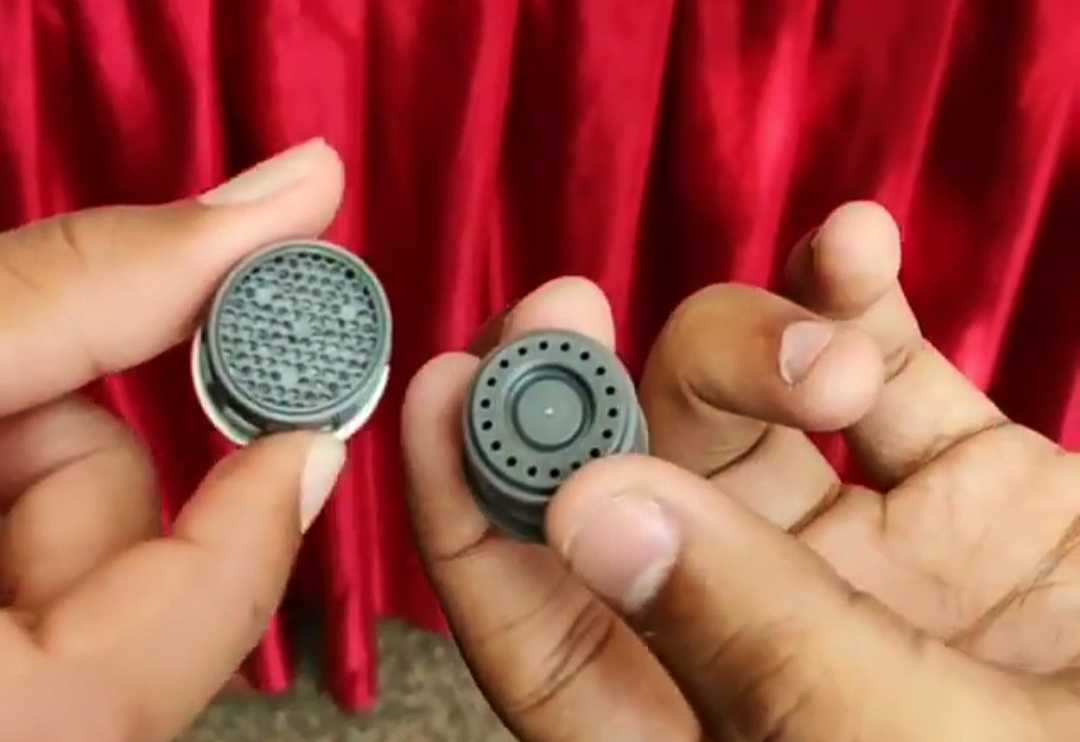I was waiting in the car at Dadar, Mumbai, when I noticed a man thoughtlessly discard a green, plastic soda bottle at the corner of the pavement. The man’s careless action made me feel agitated. But when I entered my own home, I was struck by the sight of the waste bin; it was brimming with plastic packaging. I was using a waste bin and was segregating my waste, then why the reaction?
Civic sense, I realised can be enforced but our growing mound of trash may not be easy to do away with. Waste segregation won’t solve the problem, because only 9% of plastic is recycled globally (read more): low recycling capacity, mismanagement, and overuse are a serious problem.
Consumerism, a movement that began in the 1950s, was led by an improvement in chemical compounds that nature cannot breakdown, making it easier for us to package, store, and transport, and therefore to consume what we want, when we want it.
I decided to pause and ask myself what is the true cost of my packaged purchases? I considered five aspects of packaging and questioned their impact on a healthy, regenerative, natural cycle.
I adopted a practice to list down the five aspects and assign them a rating before each purchase—No Worries, Avoidable, Bad, Very Bad. This practice has helped me make more active buying choices of packaged products, including fruits and vegetables that are imported and sealed in plastic bags.
1. Nutritional Value
Consider: If it’s native to our region then it’s more sustainable and nutritious than that which is stored and packed to increase shelf-life, and transported over long distances. If you live in Mumbai then apples from Manali are not fresh food. They have been lying in cold storage for months before they are released in the market, this is done to control pricing by manipulating demand and supply. Grapes and guavas from Nashik district, mangoes and jackfruit from Raigad district, and bananas and papayas from the periphery of the city are better alternatives to apples from Himachal Pradesh.
2. Water Consumption
Consider: One ton of cardboard requires up to 13 cubic meters of water (1 cubic meter equals 1000 litres). Broadly calculating one ton of cardboard gives us 2,577 boxes of 12″ x 12″ x 12″dimensions—the most commonly manufactured, standard size. This means 13,000 litres of freshwater give us 2,577 boxes. Where is the water coming from? Most likely from natural aquifers or a freshwater source that is being depleted of its reserves.
3. Carbon Emission
Consider: Think before buying items that travel a long distance to reach your market. Carbon emission per litre of petrol and diesel is approximately 2.31 to 2.68 kgs. The mileage of transport vehicles ranges between 5 to 12 kmpl, if the average mileage is 8 kmpl, then it takes 25 litres of fuel to travel 200 kms: given the urban sprawl, 200 kms would be a realistic distance to consider for food transport. A journey that leads to carbon emissions of 6,968 kgs per capita, per year, if we are to purchase perishables two times a week; this would be just below the ideal acceptable emission level of 7,200 kgs per person, per year.
4. Soil, Air, and Livelihoods
Consider: Does it need to be imported? Independent artisans use locally available resources and ingredients, because the economics to import and transport items in small quantities is unfeasible. Their methods of making are less energy intensive, and they support local livelihoods; small scale and locally-dependent methods preserve soil and air.
5. Environmental Impact
Consider: Do we need long-life (immortal) packaging that lives longer than humans? Avoid styrofoam, laminated packaging, packaging with plastic valves, and boxes and packets that have an outer layer of paper and an inner metallic film: They are almost impossible to recycle, given industry limitations, and they pollute soil and oceans, as they react with atmospheric heat.
